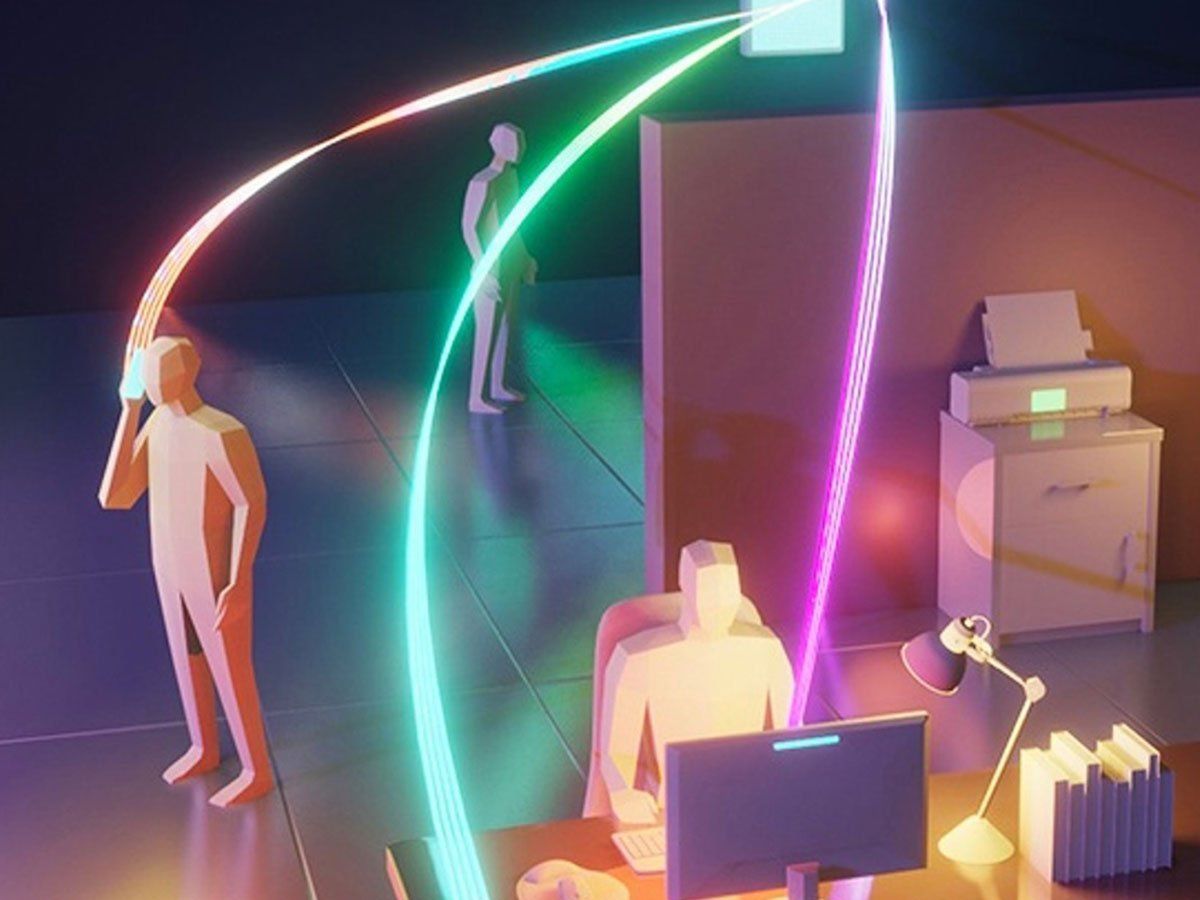These developments do hold promise for introduction of these new batteries into our personal electronic devices relatively soon. I have been so intrigued by this line of research I have been highlighting it for nearly four years. One of the key points of the recent Spectrum article referenced above is a discussion of a timeline for these nano-enabled batteries that ranges from two years out to early next year.
Timelines for this sort of thing are a tricky business. I wrote earlier this year on how Nanosys had developed a “silicon-based, architected material that fills in the voids of the carbon anode material matrix” that “remains intact and fully functional after 100% DoD cycle testing.” It also “demonstrated a >2× capacity improvement using 10% additive in a Li+ battery anode.”When this material was announced, Nanosys was expecting volume sales of the material this year—in 2011. I went to the Nanosys Web site to see how this timeline was progressing, and I saw this: “Nanosys is working in collaboration with the world’s leading lithium-ion battery manufacturers to deliver unprecedented energy performance in new products coming to market over the next 18 months.” I would imagine that it could be on the far side of two years from now before we see Li-ion batteries that have silicon on their anodes in our gadgets. But we’ll see. The Spectrum article also suggested that now that the anode side of the battery seems to be covered, work is now turning to improving the cathode. Indeed it has. I bring your attention to the work of researchers at the University of Urbana-Champaign in building 3-D nanostructured cathodes.
Dexter Johnson
Dexter Johnson is a contributing editor at IEEE Spectrum, with a focus on nanotechnology.
The Conversation (0)




